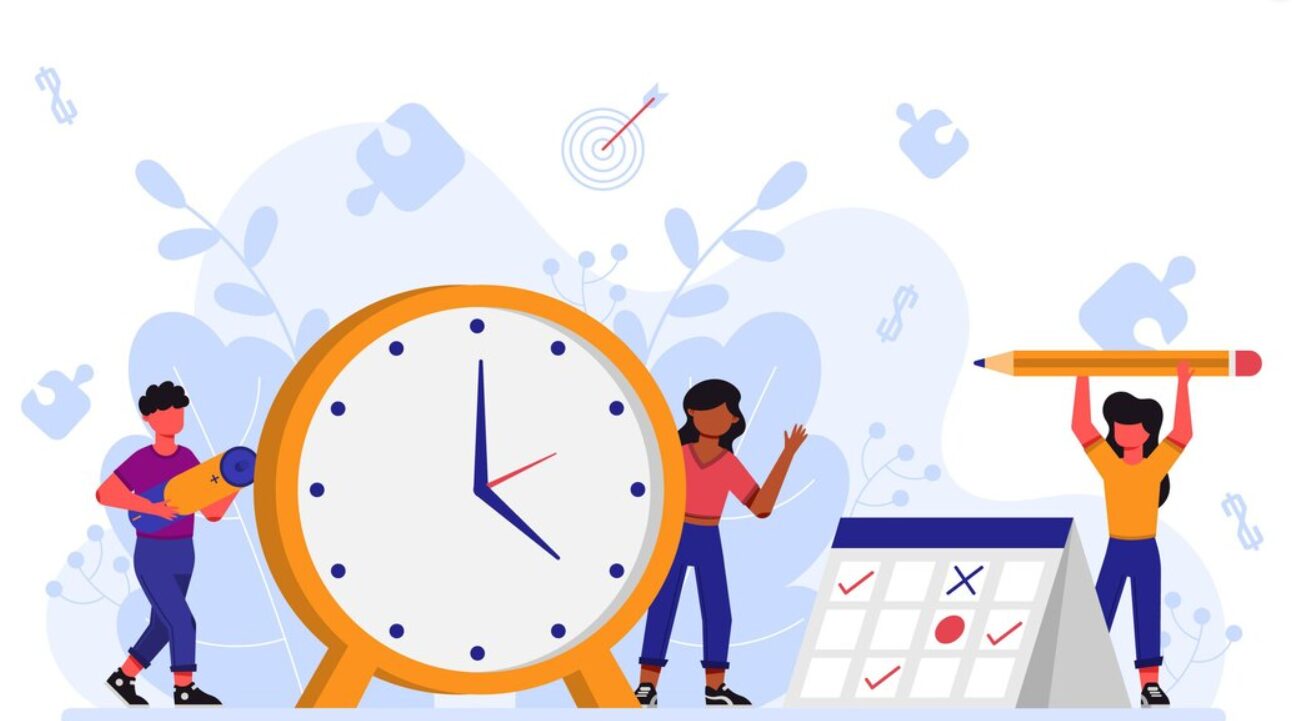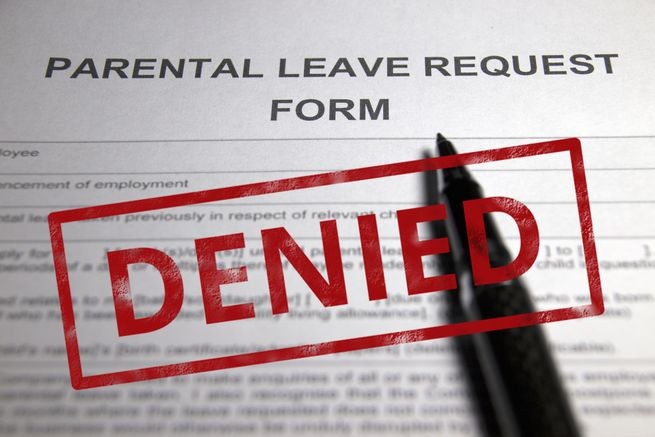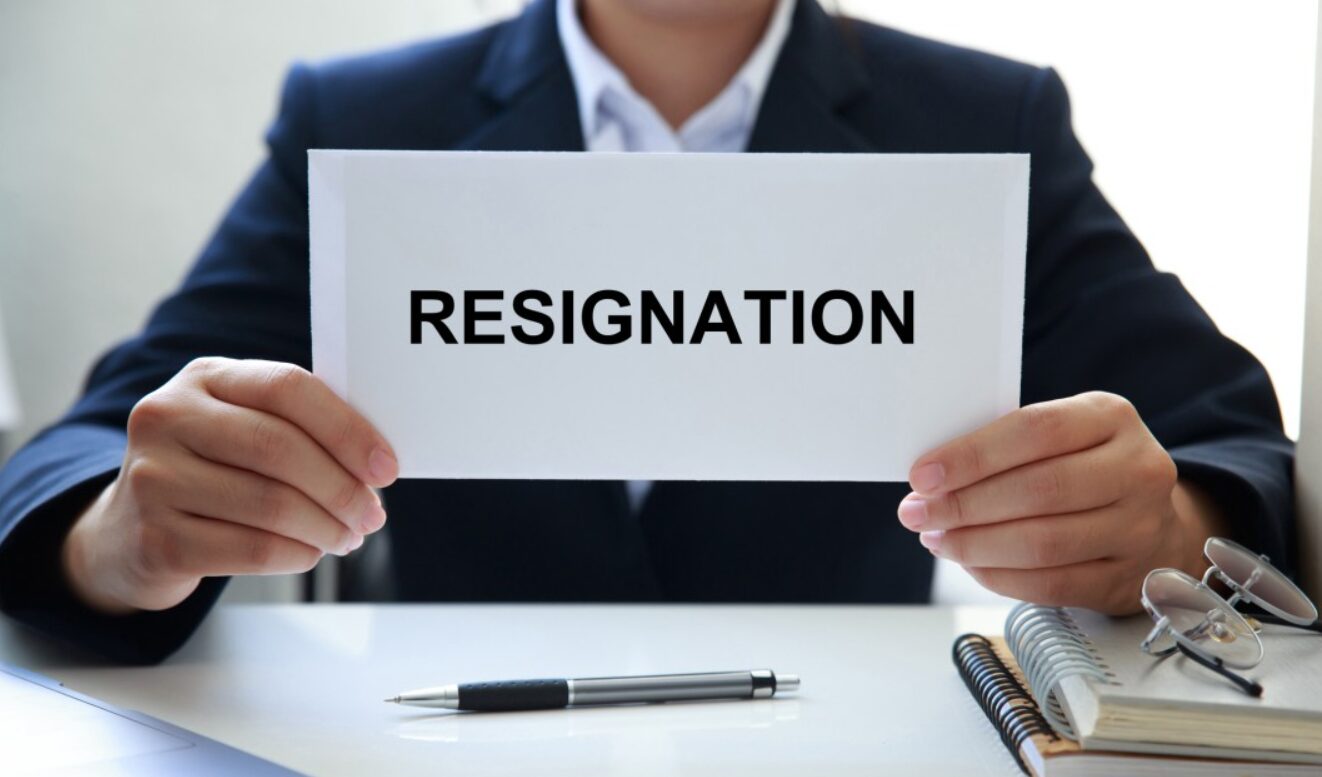A Return to Workweek letter is an official document submitted by an employee to their employer or human resources department, signaling their readiness to resume duties after an extended absence. This could be due to illness, injury, maternity/paternity leave, personal matters, or other authorized leave. Crafting this letter correctly is crucial, as it not only communicates your intent but also ensures legal, procedural, and organizational consistency.
Why a Return to Work Letter is Important
Establishes Clear Communication:
A Return to Work letter eliminates ambiguity. It explicitly informs the employer of your return date and the nature of your absence. It helps management plan accordingly, reallocate resources, or update your role or workload, ensuring a smoother transition.
Confirms Medical Readiness:
If the leave was health related, this letter often includes a statement from your physician or healthcare provider confirming you’re medically fit to resume work. It may also outline any limitations or accommodations you require. This protects both the employee and employer from health related liability.
Supports Workload Planning and Team Integration:
Your confirmed return allows your supervisor or team to redistribute responsibilities and reintegrate you into projects or workflows. It also provides a chance to be briefed on any changes that occurred during your absence.
Ensures Policy Compliance and Legal Protection:
Submitting an RTW letter demonstrates that you’re following company policies and labor laws regarding employee absences and returns. It becomes part of your official HR paid time off file, ensuring transparent documentation of your employment history.
Streamlining Leave Management with the Day Off App
Managing employee leave tracker efficiently is crucial for maintaining team productivity and organizational clarity. Modern companies are increasingly turning to digital solutions to streamline time-off tracking and ensure seamless transitions for employees returning to work. One standout solution is the Day Off App, a robust, user-friendly platform tailored to handle all types of employee absences with ease and precision.
Key Features and Benefits of the Day Off App:
Centralized Leave Tracking
The Day Off App provides a comprehensive dashboard where both HR professionals and employees can access real time information about leave balances, including vacation, sick days, and other time off types. This transparency minimizes miscommunication and ensures everyone is informed and aligned.
Unlimited Scalability
Whether you’re managing a small team or a large organization, the Day Off App allows you to add an unlimited number of employees. This scalability ensures that as your company grows, your leave management system remains seamless and effective.
Customizable Leave Policies
Adapt the platform to fit your company’s unique leave structure. You can define and apply custom leave types (e.g., sick, annual, paternity/maternity, unpaid) and policies that align with your internal rules or legal requirements. This flexibility supports compliance while accommodating diverse workforce needs.
Seamless Integration with Daily Tools
The app integrates effortlessly with essential workplace tools such as Google Calendar, Microsoft Outlook, Slack, and Microsoft Teams. This ensures that leave schedules are reflected in team calendars, helping managers and team members plan more effectively around absences.
Automated Accruals and Carryovers
Say goodbye to manual calculations. The Day Off App handles accruals and carryovers automatically, applying them according to your defined policies. This automation reduces errors and administrative burden, making HR leave tracking processes more efficient.
Public Holiday Management
Avoid scheduling conflicts by importing public holidays relevant to your country or region. This feature ensures that holidays are factored into leave calculations and availability without manual input.
Enhancing Leave and Return Management with the Day Off App
Effective leave management is essential for operational efficiency, employee satisfaction, and compliance with organizational policies. To meet these needs, many modern businesses are turning to digital solutions that streamline the tracking of absences and support a seamless return to work process. One such powerful tool is the Day Off App, a comprehensive platform designed to manage all types of employee leave with precision and ease.
Standout Features of the Day Off App:
Centralized and Real-Time Leave Tracking
The app offers a centralized dashboard where HR personnel and employees can easily view and manage up to date information on all forms of leave, whether it’s sick days, paid time off (PTO), vacation, or other absence types. This visibility promotes transparency and reduces scheduling conflicts.
Unlimited Scalability for Growing Teams
The Day Off App supports organizations of all sizes. You can add unlimited users without compromising performance or usability, making it ideal for both startups and large enterprises managing complex leave structures.
Fully Customizable Leave Policies
Organizations can configure a wide range of leave types and policies to reflect internal rules and regional labor laws. Whether it’s annual leave, maternity/paternity leave, unpaid leave, or half day requests, the app adapts to your company’s unique requirements.
Seamless Integration with Work Tools
To keep everyone aligned, Day Off integrates with widely used productivity platforms like Google Calendar, Microsoft Outlook, Slack, and Microsoft Teams. This ensures leave data is automatically synced across schedules and communication channels.
Automated Accruals and Carryovers
Complex calculations for leave accruals and carryover balances are handled automatically, significantly reducing administrative workload and ensuring accuracy in leave entitlements.
Intelligent Public Holiday Management
The app allows you to import and apply country specific public holidays directly into the system, ensuring accurate availability tracking and avoiding overlap with scheduled time off.
How to Write a Return to Work (RTW) Letter
A well crafted Return to Work letter is essential for maintaining professionalism and ensuring a smooth transition back into the workplace. It serves as a formal record of your intent to resume your duties and assures your employer that you are prepared, cleared (if necessary), and committed to complying with company policies. Below is a comprehensive guide to help you write an effective RTW letter, with deeper insights into each step and element.
Step by Step Instructions for Writing Your RTW Letter
Gather Necessary Documentation
Before drafting your letter, take time to collect any required documentation that supports your return. This may include:
A medical certificate or physician’s note (if your leave was due to illness or injury)
Official leave approval documentation from HR or management
Any supporting paperwork regarding required accommodations or transitional needs
Having all this information ready ensures that your letter is accurate, complete, and defensible. It also reassures your employer that you’re not only returning on time but doing so with full clearance and awareness of your responsibilities.
Maintain a Professional Tone
Your RTW letter is a formal workplace document that becomes part of your employment file. Use respectful, professional language throughout. Keep your tone sincere but businesslike this isn’t the place for overly personal details or casual language.
Use formal salutations and closings.
Avoid emotional or overly detailed explanations.
Write in a clear, polished manner with proper grammar and punctuation.
Professionalism in tone reflects your seriousness about returning to work and your respect for workplace standards and processes.
Be Clear, Specific, and Factual
Clarity is critical. Your letter should succinctly explain:
The type and general reason for your leave
When your leave began
When you plan to return
Whether you are returning to your full duties or require accommodations
Avoid vague statements like “I think I’ll be back soon.” Instead, state something like, “I intend to return to work on Monday, August 5th, 2025.” Being precise helps your employer with planning and ensures you’re both on the same page regarding expectations.
Key Components of a Return to Work Letter
To ensure your RTW letter meets both professional and administrative standards, be sure to include the following elements:
Employee Information
Include your:
Full Name: As used in official employment records.
Job Title or Department: Helps identify your role within the company.
Contact Details: Phone number and professional email address so HR or your supervisor can reach you quickly if needed.
This section establishes your identity clearly and makes follow-up communication easy.
Employer Information
Include:
Company Name: Full legal name of your employer.
Department or Unit (if applicable): Especially helpful in large organizations.
Manager or HR Contact Name and Title: Directing the letter to the correct person ensures it’s reviewed without delay.
Accurately addressing your letter shows that you’re organized and respectful of internal communication channels.
Date of Writing
Indicate the date you are writing and submitting the letter. This is important for:
Legal documentation
HR recordkeeping
Clarifying timelines, especially if your return date is close
Including the writing date helps distinguish between when the letter was submitted and when your return is scheduled.
Formal Salutation
Use a standard business greeting such as:
“Dear [Manager’s Name],” or
“Dear [HR Manager’s Name],”
This sets the tone for a respectful and professional message. Always address your letter to a specific person rather than using generic greetings like “To Whom It May Concern.”
Intent to Return
Open your letter by clearly stating:
That your leave was approved
That you are now prepared and willing to return
The specific date you plan to resume work
Example:
“I am writing to formally inform you of my intention to return to work on Monday, August 5th, 2025, following my approved medical leave which commenced on March 10th.”
This removes any ambiguity and makes your status clear.
Details of Leave
Briefly summarize the reason for your leave without divulging overly personal or sensitive information.
Example:
“My leave was taken to address a temporary medical condition, for which I have now fully recovered under my healthcare provider’s supervision.”
This gives context to your absence while maintaining privacy and professionalism.
Return Date
State your intended return date explicitly.
Example:
“I am pleased to confirm that I will return to the office on Monday, August 5th, 2025.”
This allows HR and your team to plan for your reintegration rescheduling meetings, reassigning tasks, or preparing briefings.
Medical Clearance (If Applicable)
If your absence was due to illness or injury, include a statement confirming that you are medically cleared to return.
Example:
“My physician has reviewed my condition and has provided full clearance for me to resume my regular job duties without restrictions.”
If accommodations are required, mention them here in a clear and respectful manner:
“My doctor has recommended the following accommodations for the first four weeks of my return: [brief list]. I would appreciate the opportunity to discuss these with you further.”
This promotes workplace safety and legal compliance.
Request for a Meeting (Optional)
If you believe a meeting would help your transition back to work, express your willingness to schedule one.
Example:
“I would be happy to meet prior to my return to discuss any updates to my role or team, and to ensure a smooth reintegration process.”
This demonstrates initiative and responsibility and provides an opportunity to clarify expectations.
Acknowledgment of Policies
Reconfirm your understanding of, and commitment to, the company’s policies especially those related to returning from leave.
Example:
“I have reviewed the company’s return-to-work procedures and am committed to following them to ensure a successful transition.”
This reiterates your accountability and builds trust with your employer.
Closing and Signature
Conclude your letter respectfully with a formal sign off:
“Sincerely,”
“Kind regards,”
Then include your:
Full Name
Signature (for physical copies)
Typed Name (for emails or digital submissions)
This final touch underscores professionalism and ensures the letter is formally complete.
Sample Template for a Return to Work Letter
[Your Name]
[Your Address]
[City, State, ZIP Code]
[Email Address]
[Phone Number]
[Date]
[Manager’s Name]
[Company Name]
[Company Address]
[City, State, ZIP Code]
Dear [Manager’s Name],
I hope this message finds you well. I am writing to notify you of my intention to return to work following my [illness/injury/personal leave]. My leave commenced on [start date], and I am pleased to inform you that my healthcare provider has cleared me to resume my duties.
I plan to return to work on [return date]. My doctor has recommended the following accommodations (if applicable): [brief description of any required accommodations].
I would appreciate the opportunity to meet with you to discuss my return and any pertinent updates regarding my role or responsibilities. Please let me know a suitable time for this discussion.
I am committed to adhering to the company’s policies and procedures upon my return and am eager to rejoin the team. Thank you for your understanding and support during my leave.
Sincerely,
[Your Signature (if sending a hard copy)]
[Your Printed Name]
Frequently Asked Questions (FAQ) – Return to Work Letter
What is a Return to Work (RTW) letter?
A Return to Work letter is a formal communication from an employee to their employer or HR department, notifying them of the employee’s intent to resume work after an approved absence. It outlines key details such as the reason for the leave, the return date, medical clearance (if applicable), and the employee’s readiness to fulfill job responsibilities.
When should I submit a Return to Work letter?
You should submit an RTW letter several days or weeks before your intended return date. The exact timing may vary based on your company’s policy or the nature of your leave (e.g., health related leaves may require additional medical documentation). Check with HR to ensure compliance with any required notice period.
Who should I address the letter to?
The RTW letter should typically be addressed to your immediate supervisor or the HR manager responsible for leave administration. If you’re unsure, consult your employee handbook or HR department for guidance.
Do I need to include medical clearance in the letter?
Yes, if your leave was due to illness or injury, it’s often required to attach or reference a medical clearance. This documentation confirms you are fit to return to work and may include any necessary accommodations or limitations recommended by your healthcare provider.
What tone should I use in the RTW letter?
Always maintain a professional and respectful tone. Your RTW letter is a formal document, so it should be free of casual language or emotional commentary. Be clear, concise, and courteous throughout.
What if I need workplace accommodations upon my return?
You should include a brief note in your letter about any necessary accommodations recommended by your doctor. These may include flexible hours, adjusted duties, or physical workspace modifications. Offering to discuss these accommodations with HR or your manager demonstrates responsibility and foresight.
Is it necessary to request a meeting in the RTW letter?
It’s optional but recommended. Requesting a meeting allows you to catch up on updates, clarify responsibilities, and ensure a smooth reintegration into the team. It’s a proactive step that can help you transition more effectively.
Can I send the letter via email?
Yes. An RTW letter can be sent either as a formal printed document or as an email, depending on your company’s communication preferences. If sending by email, use a clear subject line (e.g., “Return to Work Notification [Your Name]”) and format the email as you would a professional letter.
What happens after I submit the letter?
Once your RTW letter is received, HR will typically review your documentation, confirm your return date, and communicate any necessary steps or expectations. You may also be contacted to discuss workplace accommodations, role changes, or a re-orientation meeting if applicable.
Can I use a template for my RTW letter?
Absolutely. Using a template ensures you include all essential elements in a clear and professional format. Just make sure to personalize the letter with your specific details and any unique considerations related to your leave and return.
Conclusion
Crafting a Return to Work letter is a straight forward yet crucial step in ensuring a seamless transition back to the workplace. By following this guide and utilizing the provided template, employees can effectively communicate their readiness to return, and HR professionals can facilitate a smooth and compliant reintegration process.














